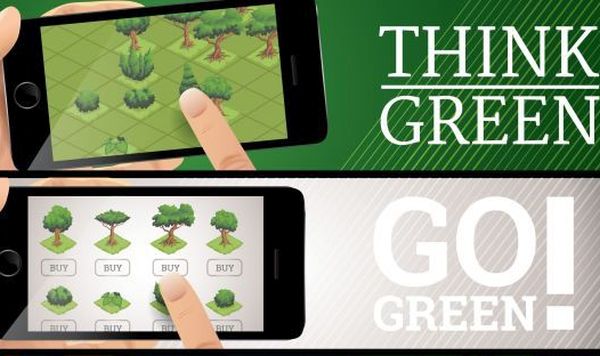The rise of technology has made it easier than ever to help the environment. At the most basic level, smartphones limit the need for paper, as people can make lists, leave notes, and send messages virtually. However, there are plenty of other ways people can use their smartphones to limit their environmental impact. A little goes a long way, and if increasing numbers of people follow this advice, they could bring about major changes to emissions and levels of environmental destruction.
Traffic updates keep cars off the road
If you know there’s an accident on your typical way to work, you can avoid idling in traffic for an extra 30 minutes by leaving early or taking the back roads. If you’re not in a hurry, you might wait until the traffic has passed before heading out. This reduces carbon emissions while saving you gas and money.
Carma Carpooling is one such app that helps people drive together from one place to another, splitting the cost of the commute with the driver. This is often cheaper than taking the bus, as it helps both driver and passengers save money on the ride. By picking up three people on the way to work, you can make friends while keeping those cars off the highway, making for a cleaner ride for all.
Environmental apps help you reduce your impact
There are plenty of apps like Ecoviate and Farmstand that help consumers make smart decisions about what to buy. Farmstand connects smartphone users to 8,700 farmers and lists where you can find their produce. Buying from local farmers helps your community and also reduces your carbon footprint. Instead of buying a tomato that was shipped 3,000 miles from California, you can buy one locally that only traveled a few miles down the road.
Ecoviate plants a tree for each download of the app, which is enough reason to give it a try. This tool offers tips and lists products that are environmentally friendly, so you can make smart purchases when looking for food, home goods, and clothing.
Finally, GoodGuide rates companies and products by their environmental impact, so you can invest in brands that care. Knowledge is power, and these apps work to make their communities incredibly informed.
Monitor air and water pollution with your camera
If your smartphone has a high-quality camera like that found in the Galaxy S7 Edge, consider downloading apps that let you track the air quality in your area. Monitoring air quality can help you personally by letting you know when it’s safe to go outside and when you might have breathing problems, but it also informs you about the environment around you.
The Visibility App lets you use your smartphone to monitor air pollution. These photos are collected by scientists who monitor air pollution across the nation and whose studies can be used to convince Congress to enact stricter environmental policies. As a citizen, you can use these photos and air-quality reports to write to your local government officials and urge them to improve the regulations for air quality in your area.
Reward yourself for green behavior
If you’re struggling to convince your friends and family to recycle and pick up green behaviors, consider downloading apps like Recyclebank, which award points and prizes to people who recycle. The more you take part in activities like recycling, conserving water, and planting trees, the more rewards you rack up. It only takes a few seconds to recycle, and you can save money doing it through this app.
Other apps calculate your carbon footprint and offer tips for reducing your electricity, water, and gas use. Following these tips adds up, and you could see decreases in your water and electrical bills because of them. Even if you only save $5 per month on electricity and water, you would have $60 more at the end of the year to spend on a fun day out.
You don’t have to completely change your lifestyle to help the environment. You just need the smartphone in your hand that you already use for everything else. Together, we can make the world a cleaner place.
Article Submitted By Community Writer






